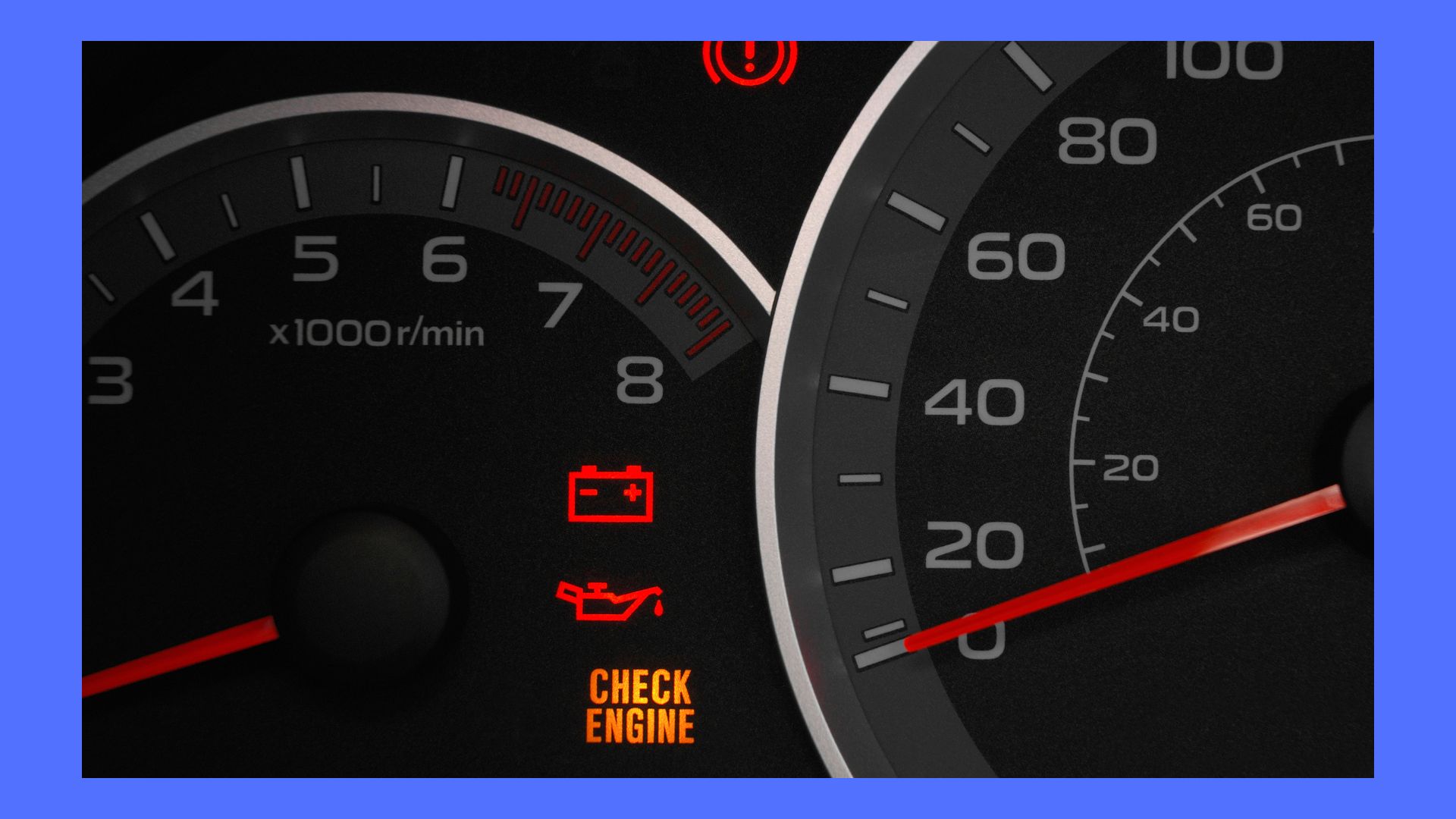The appearance of an engine light can be stressful and make you develop fear for the first time. However, most truck drivers tend to ignore and despise this light. The appearance of this light is an indication of various issues with the engine of your truck. Such issues might drain you financially to fix.
How the Engine Check Light Works
The location and the engine light’s color vary depending on your truck’s model. But, it is commonly on the dashboard producing a warning yellow color with the shape of the engine. Most trucks it does not have the term ‘check.’
The engine light is the part of the Onboard diagnostic system that indicates a problem with the emission system. The OBD is an emission system. The engine check light may either blink or be solid.
The Blinking Signal
The blinking engine light indicates a serious problem you should not ignore. Engine misfires can cause a blinking signal. When your truck’s engine is misfiring, unburnt fuel will accumulate in the exhaust system, pushing the catalytic converter’s temperature to the breaking point. On such an occasion, the performance of your truck will reduce.
Steady Signal
When the check light is steady, you can keep driving. But consider booking an appointment for an engine check light inspection.
Common Reasons the Engine Check Light
Various reasons lead to the appearance of the engine check light. Here are some common reasons you will find when you book an engine check light inspection for your truck.
Faulty or Loose Gas Cap
The gas cap can lead to the appearance of engine check lights. It maintains the pressure in the fuel tank as well as seals the fuel system of your truck. When it becomes faulty or loose, the rate at which your truck consumes fuel will increase, as well as the emissions.
If you see a yellow engine check light, consider checking the condition of your gas cap. When loose, consider tightening it, and if broken, purchase a new one. After fixing this issue, the light will disappear.
Faulty Oxygen Sensor
The oxygen sensor plays the role of monitoring the content of oxygen in your truck’s exhaust fumes. If your oxygen sensor is fixed, it will provide accurate data on the computer system of your truck. Most trucks have at most four oxygen sensors. The OBD II code will identify which sensor is faulty.
Faulty Catalytic Converter
The catalytic converter reduces the emission of harmful gases to the environment. When it becomes faulty, your truck will emit harmful gases into the environment, reducing the fuel economy. When dead, your truck will stop.
Conclusion
Modern engines have the Engine Control Module (ECM), a computer system whose primary responsibility is ensuring that your engine runs smoothly. The entire engine of your truck has various sensors that send information to the ECM in case something is not functioning effectively.
When the sensors send information that a certain part is not functioning properly, the engine check light will appear to notify you to book an appointment for an engine check light inspection for your truck.

